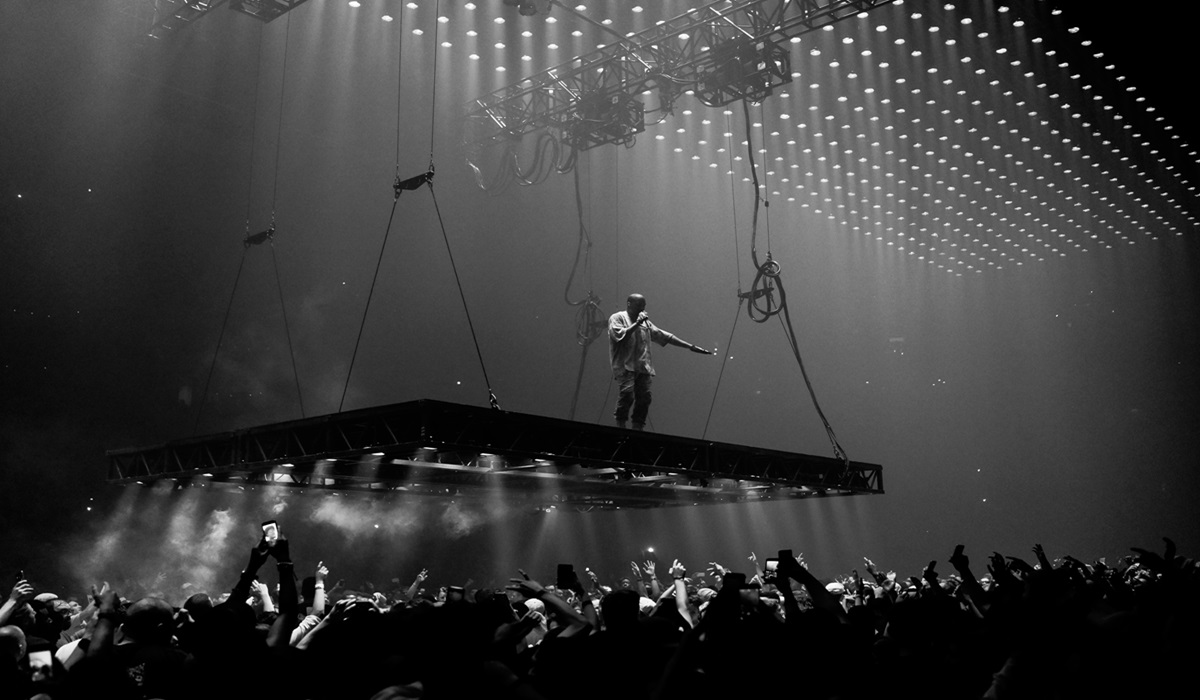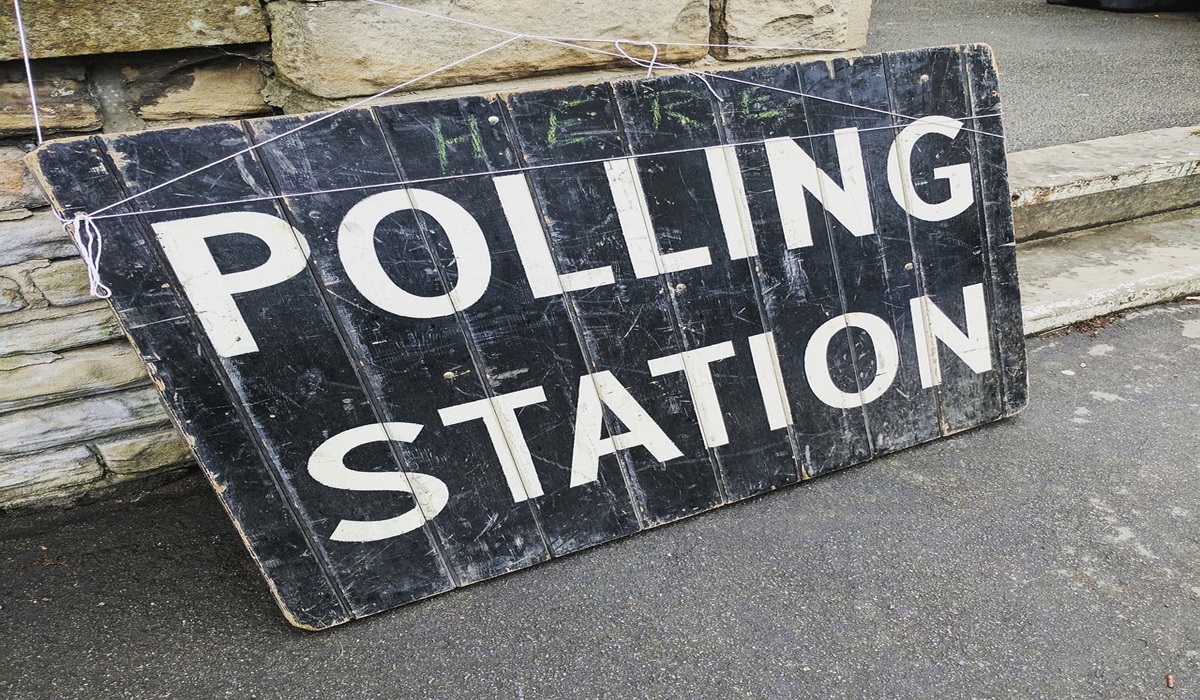Sports Hall of Fames have long been revered as the ultimate recognition for athletes and builders who have excelled in their respective fields. These institutions were initially established to honor the crème de la crème, the individuals whose contributions to sports were monumental. Over the years, however, the criteria for induction have evolved, leading to debates about the significance and validity of these institutions.
Sports Hall of Fames were conceived with the noble intention of immortalizing the best of the best, celebrating athletes and builders who had achieved the highest levels of excellence. Whether it was through record-breaking statistics, unimaginable feats, or an abundance of championships, these individuals were considered the pinnacle of their respective sports. The Hall of Fame was meant to serve as a shrine to their legacy, a place where their contributions could be cherished for generations to come.
In recent years, a noticeable shift has occurred within the world of sports Hall of Fames. Critics argue that the standards for induction have been diluted, and it appears that almost anyone has a chance of being nominated or inducted. This has led to concerns among sports fans, enthusiasts, and historians who believe that the prestige of these institutions is diminishing.
One of the key issues contributing to this perception is the debate surrounding athletes like Barry Bonds, who are excluded from Hall of Fame consideration due to allegations that were never proven or other off-field reasons. This raises a critical question: should an individual’s entire body of work be overshadowed by alleged misdeeds or behavior outside of their sport?
The controversy over inclusions and exclusions in Hall of Fames is contentious. Some argue that the Hall of Fame should focus solely on an athlete’s on-field performance and contributions to the game. Others believe that character and behavior off the field should be considered, especially when allegations of cheating or misconduct are involved.
It’s important to recognize that these debates have affected recent inductees and raised questions about the validity of past inductions. Should we revisit the Hall of Fame’s history and consider adding asterisks next to the names of those whose legacies are tainted by controversy or allegations?
To address these concerns, one potential solution is to introduce a two-tiered system for Hall of Fames. The first tier would be the “Elite Performance Hall of Fame,” which would prioritize an individual’s on-field achievements. The second tier, the “Bee Squad Hall of Fame,” could focus on factors like sportsmanship, character, and contributions off the field. This would allow athletes and builders to be recognized for different aspects of their careers, satisfying a broader spectrum of opinions.
To illustrate the evolving landscape of sports Hall of Fames, let’s consider one athlete from each of the major sports (hockey, basketball, baseball, and football) who has sparked controversy.
- Barry Bonds (Baseball): Bonds is often cited as a player who should be in the Hall of Fame due to his incredible on-field accomplishments, including breaking the single-season and career home run records. However, allegations of steroid use have clouded his legacy, leading to his exclusion.
- Pete Rose (Baseball): Rose is a player whose exclusion from the Hall of Fame is based on his off-field actions—specifically, his lifetime ban from baseball for betting on games, including those involving his own team.
- Sterling Sharpe (Football): Sharpe is an example of a player who had a relatively short career due to injury but displayed Hall of Fame-worthy talent during his time in the NFL. His exclusion has been a subject of debate.
- Chris Webber (Basketball): Webber was an outstanding NBA player with a successful career, but his association with a college basketball scandal involving the University of Michigan’s “Fab Five” has led to questions about his Hall of Fame candidacy.
The debate surrounding sports Hall of Fames is not likely to be resolved easily. While some may argue that the prestige of these institutions has waned, others will contend that they still serve a valuable purpose in recognizing excellence in sports. The introduction of a two-tiered system could offer a compromise, acknowledging that there are different facets to an athlete’s legacy.
Ultimately, the significance of Hall of Fames may evolve with the times, but the passion and discussions they generate will continue to be an integral part of the sports world. The debates over who should and shouldn’t be inducted will persist, serving as a testament to the enduring fascination with the athletes and builders who shape the world of sports.









